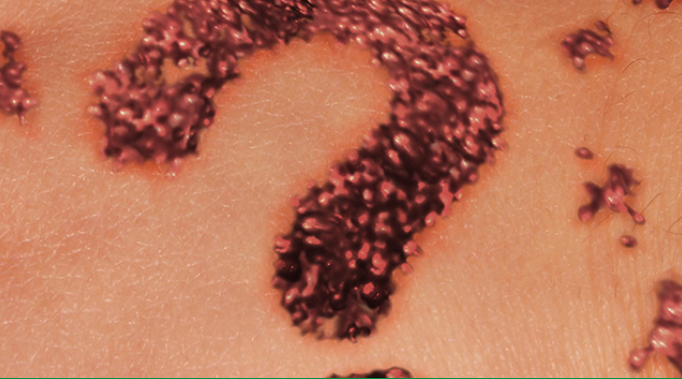HOW DO I KNOW IF A MOLE IS CANCEROUS?
Australia and New Zealand have the highest rates of melanoma in the world and over 12,500 people are estimated to be diagnosed in Australia every year. In 2014, there were 1467 deaths due to melanoma in our country, which is more than the total for road fatalities and more than half of the death toll from breast cancer in the same year.
Melanoma is the fourth most common cancer in both men and women and accounts for 10% of all cancer diagnoses. Astoundingly, one in 18 Australians will be diagnosed with melanoma before age 85 and it is also the most common type of cancer in young Australians aged 15–29; making up more than 25% of all cancer cases in this age group.
The skin contains many freckles, moles and other imperfections which are most likely to be harmless. However, it is important to inspect your skin regularly and look for any changes you see, particularly any changes in a mole. It is normal for new moles to appear and change during childhood and teenage years. However, all adults who develop a new mole or any changes in size, shape or colour of an existing mole, should see their doctor immediately to get it examined, as this can be the first sign of a melanoma developing. Even if you have had a mole checked before and it was benign, keep an eye on it because it could change in the future.
What should I be looking for when I check my moles?
We recommend applying the rules recommended by Cancer Council Australia as a guide for determining whether a mole or skin spot may be cancerous.
Size – The spot may begin to get, or keep getting, larger.
Colour – The mole may become increasingly blotchy with varying depth and shades of colour. A warning sign of melanoma is the presence of more than one colour (different shades of brown or black, or sometimes with patches of pink, red, white or blue) or an uneven distribution of colour. Non-cancerous moles are usually a single shade of brown or tan.
Shape or border – The spot may have an irregular edge (scalloped or notched) or lack of symmetry. That is, if a line was drawn through the middle of the mole, both halves would not match up. The spot may increase in height or become scaly.
Itching or bleeding – The mole may itch or bleed at times.
Elevation – Melanomas may develop a raised area or may develop from the start as a raised nodule. Such raised areas are often reddish or reddish brown.
Melanoma begins in the melanocytes cells in the deepest layer of the skin, also known as the hypodermic or subcutaneous tissue. It is fast growing and can move quickly to the bloodstream then spread to other parts of the body. When this occurs, it becomes very difficult to treat and can be fatal.
Are there any other physical symptoms of skin cancer?
There are some physical symptoms or warning signs that you should look out for and an appointment with your doctor is essential if you experience any of the following:
- Pigment from the mole spreading from the border of the spot into surrounding skin
- Redness or a new swelling beyond the border of the mole
- Itchiness, tenderness, pain or any other change in sensation
- Scaliness, oozing or bleeding on the surface of the mole, or the appearance of a lump or bump
- A sore throat that doesn’t heal
It can be very difficult to tell the difference between cancerous moles and an ordinary mole with the naked eye, even for doctors. That is why a skin health screen, conducted by your doctor with a dermascope, is an important part of your yearly general health checkup.
We provide bulk-billing on our skin health screening services because we believe a skin health check is an essential service for all Australians. Book your appointment today by calling 03 5608 0000.



